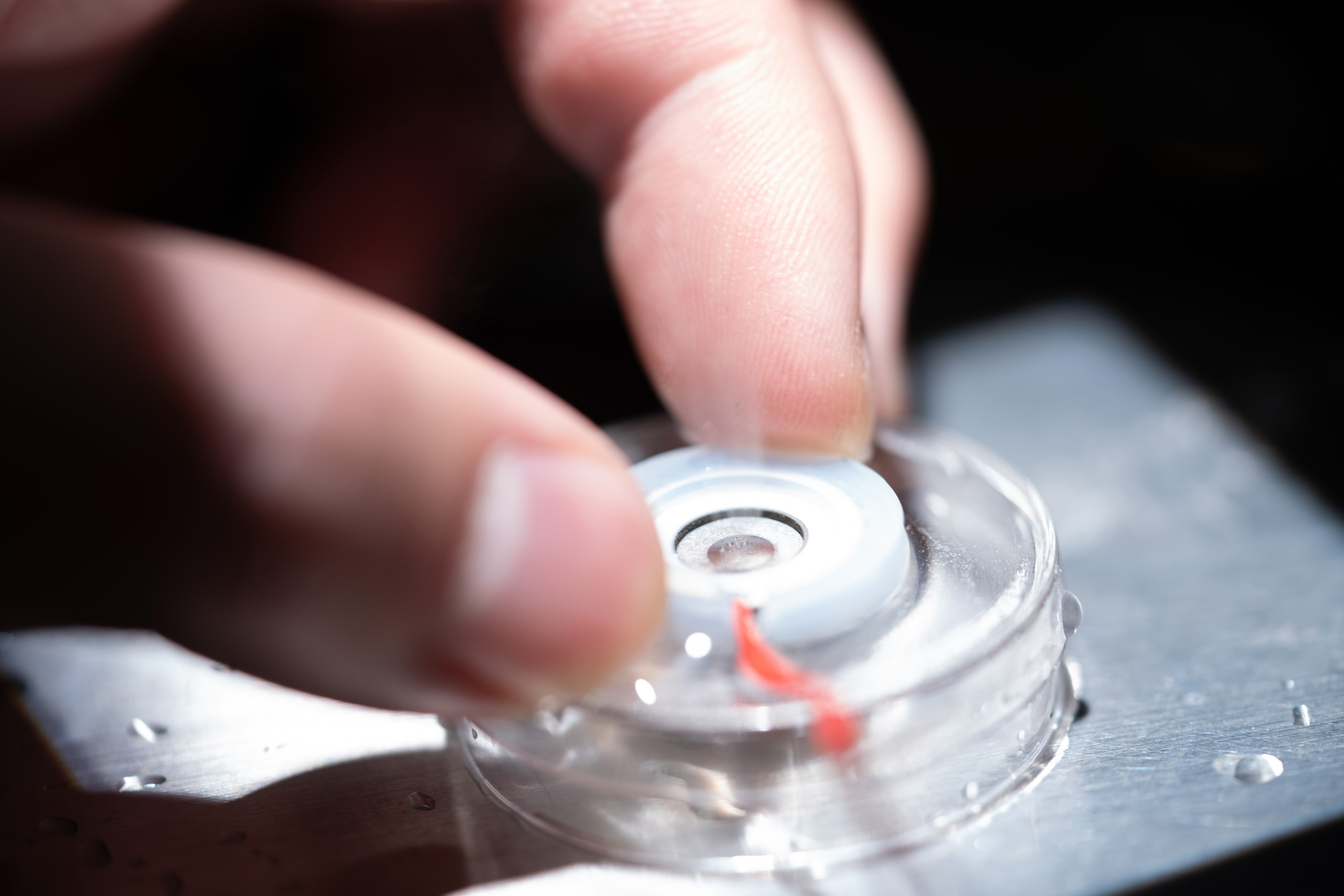Makes me wonder if evolution in plants selected green coloration to minimize water loss. Does chlorophyll have to be green? It absorbs light to either side of the spectrum but not green?
That is fascinating. I wonder if the wavelength of green light is better because of something akin to harmonic resonance.
I have a degree in chemistry from the 1980s. The school I went to was big into kinetics.
How is this any kind of new?
How is this different from how a microwave oven works?
If you read the article, it’s pretty clear. Instead of the energy of the photons being used to heat the water molecules to state change, that energy is used to break the molecular bonds between small groups of water molecules, and those groups are small enough to then be picked up by the air and evaporate. This way, the energy contained in a photon is converting much more liquid water to water vapor than if that same amount of energy was actually used to excite the water molecules, as in a microwave.
Microwaves aren’t resonant or anything fancy — they’re just dielectric heating.



